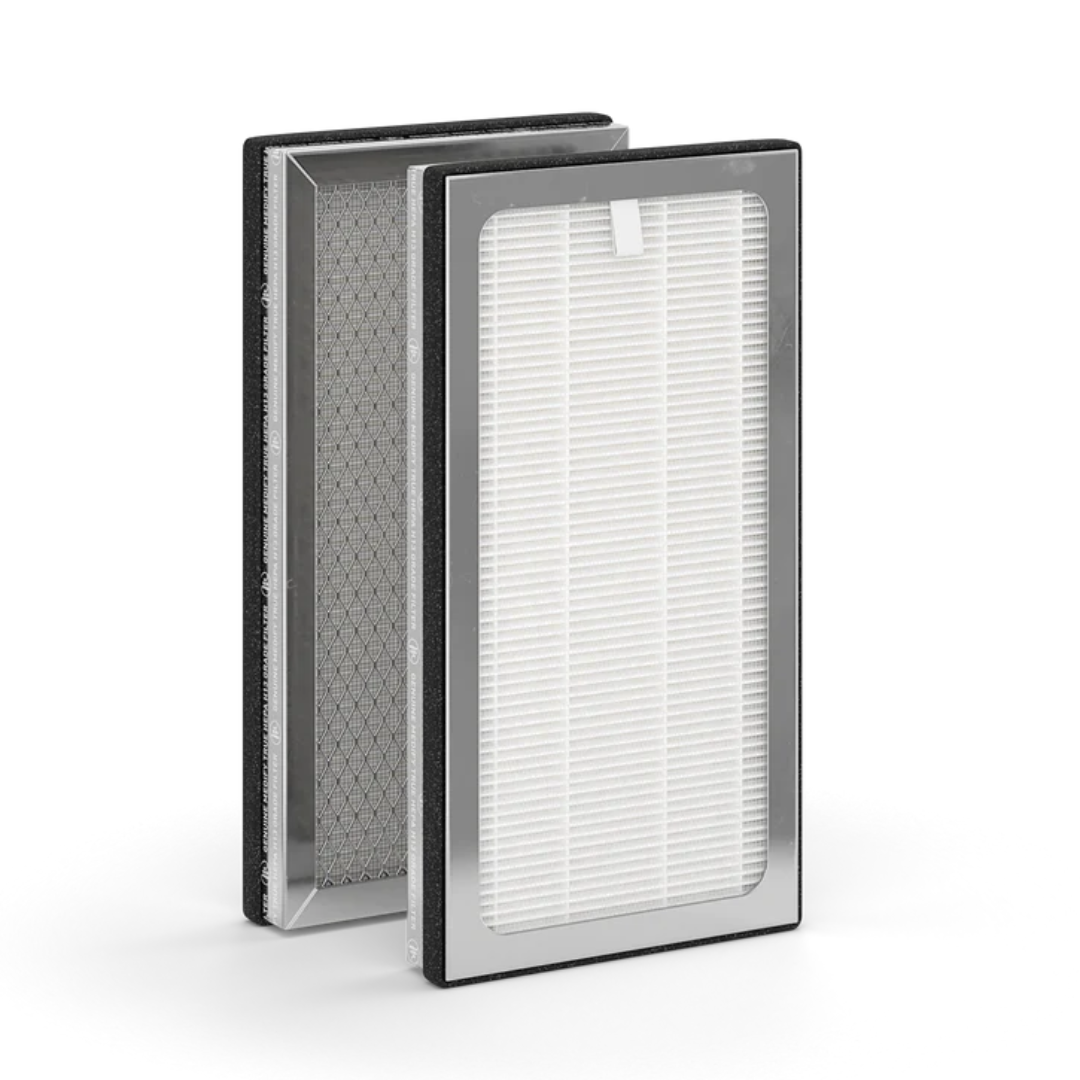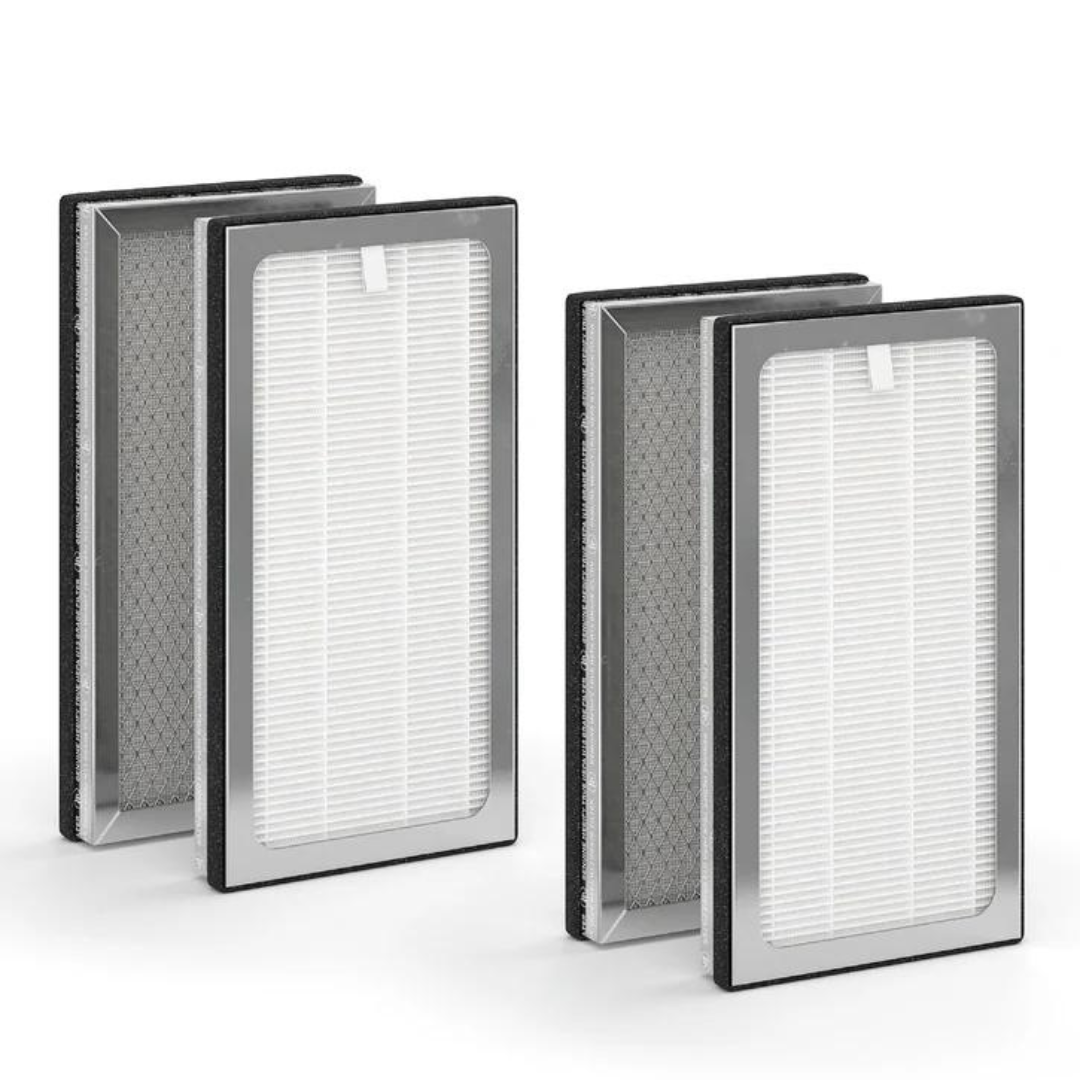We often hear about the effects of air quality on physical health, but did you know that it can also impact mental health? Recent studies suggest that poor air quality can have significant effects on our psychological well-being. Let’s explore the connection and what you can do to ensure a healthier environment for both body and mind.
How Air Quality Affects Mental Health
A study utilizing data from the Korean Health Community Survey over a five-year period analyzed responses from over 124,000 participants. Researchers found that long-term exposure to air pollution was linked to an increased risk of depression and self-harm. Additionally, other studies have shown that poor air quality is associated with heightened anxiety levels. Children, whose brains are still developing, are particularly vulnerable to these effects.
Did You Know?
- 1 in 8 people globally live with a mental health disorder.
- 99% of the world’s population breathes air that exceeds the World Health Organization’s air quality standards.
- 1 in 3 Americans reside in areas with unhealthy levels of air pollution.
- 72% of people living in counties with the worst pollution in the U.S. are people of color.
Sources of Indoor Air Pollution
Indoor air can be just as polluted as the air outside. Here are some common sources:
- Vehicle Emissions: Exhaust fumes from nearby highways and heavy traffic can seep into your home.
- Wildfire Smoke: Smoke from wildfires can travel long distances and contains various harmful particulates.
- Secondhand Smoke: Cigarette smoke and cooking fumes degrade indoor air quality.
- Pets: Pet dander, fur, and ammonia from litter boxes can contribute to poor air quality.
- Plants: Pollen from both indoor and outdoor plants can be a significant source of indoor allergens.
- Dust & Fibers: These particles are often invisible until they accumulate, creating a noticeable layer of dust.
How to Protect Your Home’s Air Quality
-
Adopt a Consistent Cleaning Routine:
- Break down big chores into smaller, daily tasks to maintain a clean environment. Regular cleaning helps prevent dust, fibers, and pollen from circulating in your indoor air.
-
Use an Air Purifier:
- A high-quality air purifier can significantly improve indoor air quality by removing harmful airborne pollutants. For homes with pets, the Medify Air MA-40 with its advanced 3-in-1 filtration system (pre-filter, True HEPA filter, and activated carbon filter) is an excellent choice.
-
Increase Air Circulation:
- If you don’t have an air purifier, opening doors and windows can help improve air circulation and reduce the concentration of pollutants.
-
Be Mindful of Gas Stoves:
- Gas stoves can negatively impact indoor air quality. If replacing your stove isn’t an option, try cooking at lower temperatures and ensure proper ventilation to minimize the effects.
Stay Informed and Take Action
Understanding and improving your home’s air quality is essential for both physical and mental well-being. By incorporating these strategies, you can help create a healthier, more comfortable living environment for you and your loved ones.



